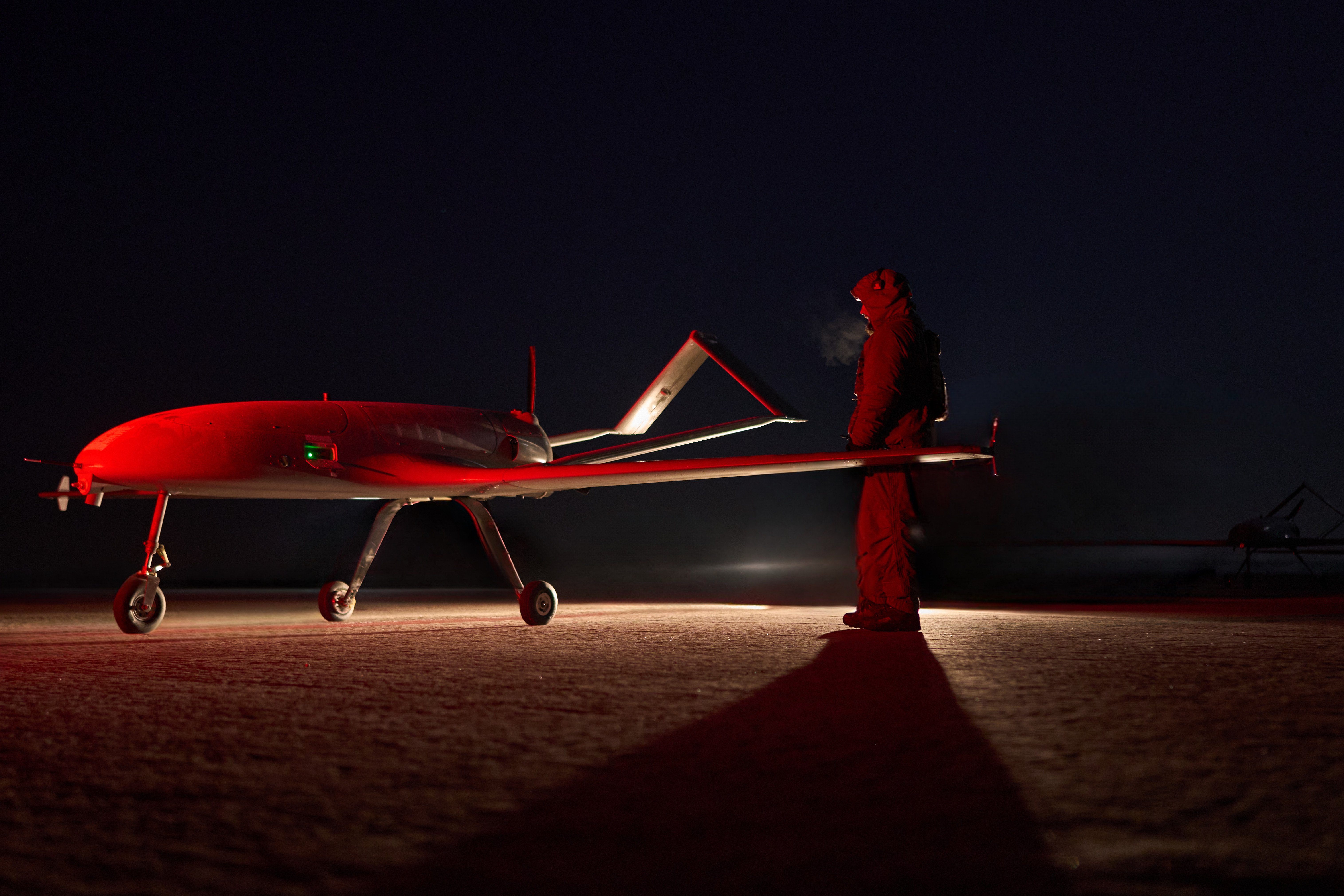Ukrainian Drone Warfare in 2025: Strategies and Challenges of UAV Strikes on Russia's Rear Areas

Air Offensive Against Rear Areas – Trends for 2025 (Part 2): Ukrainian UAV Strikes on Russia
The landscape of aerial warfare is undergoing profound shifts as the conflict in Eastern Europe intensifies into mid-2025. Ukrainian UAV strikes on strategic sites inside Russia have captured global attention, signaling both technological evolution and operational ambition. These attacks, arising from necessity and technological innovation, have dramatically altered traditional definitions of air superiority and strategic deterrence. As observers assess the latest developments, the story that unfolds is one of adaptation, resourcefulness, and the high stakes of rear-area warfare in modern conflict.
The roots of Ukraine’s long-range unmanned aerial vehicle (UAV) campaign stretch back to late 2022, when the effectiveness of Russia’s Geran drones—derived from Iranian Shahed models—became evident. Spurred by these developments and leveraging advanced communications and guidance technologies through international partnerships, Ukraine initiated its own drone program in early 2023. The effort centered on adapting existing airframes rather than creating original designs, resulting in prototypes like “Liutyi,” “Palianytsia,” and “Peklo.” These aircraft-type UAVs, although conceptually significant, carried forward certain limitations tied to their origins. The most pressing of these has been cost, a factor that directly impacts scalability and sustainability.
In comparing operational platforms, stark contrasts emerge. The original Geran drone—mirroring the capabilities of the Iranian Shahed—entered the battlefield at an estimated cost of around $20,000 per unit. By contrast, Ukraine’s “Liutyi,” bearing a similar range and payload, commands a price tag near $200,000. The newest E-300 variant, capable of delivering a 50-75 kg warhead over approximately 3,000 kilometers, elevates the expenditure to roughly $450,000 per unit. These figures highlight the economic realities constraining the volume and frequency of drone operations, as scalable mass production becomes elusive under such financial pressure.
The “Liutyi” in particular stands out as the primary Ukrainian drone used for long-range strikes on Russian cities. Originally developed as the Antonov “Horlytsia” UAV for surveillance, the platform was re-configured for strike missions—expensive avionics were removed in favor of extra fuel capacity. This adaptation underscores not only the ingenuity but also the urgent improvisation at the heart of Ukraine’s drone program, as developers sought to leverage available resources while optimizing for combat effectiveness.
Beyond design and cost, production capacity further defines the operational landscape. Unlike its rivals, Ukraine’s industrial base for UAV manufacturing remains considerably smaller, unable to match output levels achieved by Russian Geran production even under intense mobilization. Efforts to ramp up the defense industrial sector have faced headwinds from both resource limitations and targeted strikes on assembly and production facilities. These Russian attacks have tangibly eroded Ukraine’s ability to sustain high-frequency UAV launches, disrupting supply chains and imposing unpredictable delays.
Examining the chronology of drone employment, the escalation is unmistakable. Towards the end of 2024, Ukrainian long-range drone attacks were rare, often limited to select missions and single items. As 2025 unfolded, the operational tempo accelerated. Early February saw daily launches climbing to 20–30, peaking in late February at 50 per day during focused strikes on energy infrastructure. In March and April, the intensity tapered but remained persistent, maintaining an average of 20–30 launches daily. The most dramatic surge occurred in May, when some days recorded over 300 drone launches and a monthly daily average soared to 120–130. This surge reflected both cumulative stockpiles and tactical prioritization of targets deep within Russian territory.
The Russian response was swift and methodical, marked by a substantial air offensive targeting UAV assembly sites from late May onward. By mid-June, as these strikes intensified, Ukraine’s average daily long-range UAV usage contracted to around 70, slipping further to below 60 in the first days of July. The attritional effect of this counter-campaign—combined with existing production limitations—suggests that sustaining even this reduced operational tempo will be increasingly challenging. The battle for aerial dominance, especially over rear areas, thus hinges not only on technological ingenuity but also on logistical resilience and the ability to weather attrition.
Key milestones in this evolving dynamic include the large-scale simultaneous drone strikes against multiple air bases inside Russia in early June, an operational innovation for Ukrainian forces. By targeting critical military infrastructure, Ukraine aimed to disrupt Russian long-range drone and missile capabilities, compelling a reallocation of defensive resources and introducing uncertainty into adversary planning. The success of these missions, however, also came with strategic consequences, prompting adaptations in Russian defensive tactics and further integrating drone warfare into the fabric of rear-area security.
Emergent terminology—deep-strike drones, rear-area targets, operational surprise, and strike package adaptation—demonstrates a shifting vocabulary reflective of modern drone warfare. These concepts encapsulate the changing character of conflict, where the ability to penetrate defenses and deliver precise effects at strategic depth becomes as crucial as the traditional metrics of platform count or payload.
In summary, the interplay between Ukrainian UAV strikes on Russia and the evolving countermeasures exemplifies the dynamic nature of the current conflict. Both the scale of technological adaptation and the limits imposed by resource realities are shaping outcomes in unpredictable ways. As 2025 progresses, these rear-area offensives will remain a critical theater, determining the tempo and trajectory of the broader confrontation. Continued innovation and adaptation by all parties will likely define not only the immediate battlefield but also the future contours of aerial warfare.
